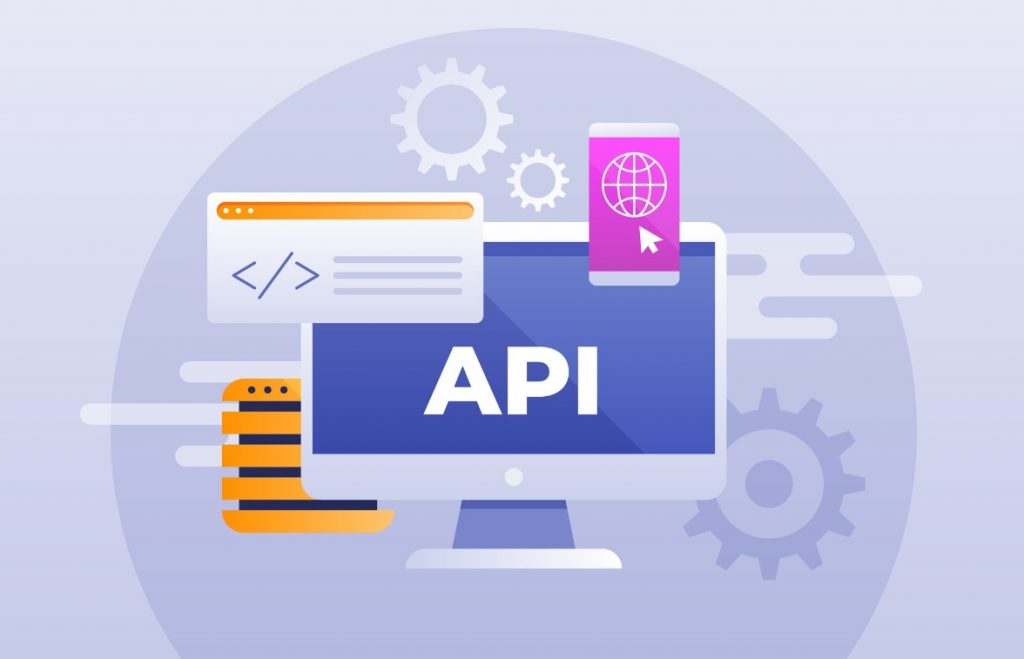Monetizing APIs What You Should Know

Mo Amao
Application programming interfaces (APIs), or APIs, are now the fundamental components of contemporary software and apps. APIs facilitate communication between various services and systems, creating a smooth and integrated digital ecosystem.
Application programming interfaces (APIs) are the building blocks of modern applications. Think of them as the on-ramps to the digital world. They keep everyone connected to vital data and services, enable all sorts of critical business operations, and make digital transformation possible.
Businesses are searching for more methods to monetize their APIs as API usage rises. The revenue from APIs has been growing at an explosive rate. The CAGR for API monetization is expected to be 28.1% between 2023 and 2033, according to analysts. With a present valuation of $6.1 billion, the API sector is expected to grow to $72.6 billion in ten years. API monetization is a profitable approach, but it needs to be carefully thought out and carried out. This post will go over the essentials of making money off APIs and what you need to know to be successful in the process.
Understanding API Monetization
Businesses can utilize API monetization to generate revenue through their use of APIs, either directly or indirectly. There are several ways to monetize APIs: pay-as-you-go, recurring monthly or annual pricing, and “bucket” purchases of API transactions that can be used gradually. API monetization encompasses more than simply money generation. The planning that goes into creating that revenue stream is also included. To make your API a sustainable offering for API users, it should consider the costs and maintenance work necessary to maintain it operational.
API Monetization Pricing Models
Several pricing models are involved in API monetization; businesses should choose the model that best suits their APIs and customers before monetizing APIs. These models include:
- Pay-per-use: This is the simplest method, but it is most effective for API suppliers with a track record of being reputable sellers of digital products. In this approach, consumers pay according to the quantity of resources used or the number of API calls made. It’s a versatile strategy that can match expenses to actual consumption.
- Subscription: This is a straightforward, one-time payment for using one or more APIs. This is best suited for APIs that offer helpful functionality without producing a lot of data that could be uncertain for the provider to operate. Different access levels can be provided using tiered subscription models, which are contingent on the user’s chosen subscription plan. Many SaaS companies use this concept to produce recurring revenue.
- Freemium: Under this model, developers can use a basic API at no cost until they cross a certain barrier, at which point they must pay for use according to a tiered price structure. Freemium APIs charge for additional features or higher usage levels. This strategy can attract more users while keeping power users as paying customers.
Factors To Consider Before Monetizing APIs
- API Documentation and Quality: An API needs to be well-documented and of a high caliber before it can be made profitable. Potential consumers will be discouraged by an API with inadequate documentation or bad performance, making monetization difficult.
- Pricing Strategy: Selecting the appropriate pricing plan is essential. It should strike a balance between the value that the API offers and users’ willingness to pay. An effective pricing strategy can have a significant impact on how effectively your API monetization initiatives go.
- Security and Access Control: It is critical to safeguard your API and ensure access control is set up correctly. Unauthorized access and security lapses can harm one’s reputation and legal standing, among other things.
- Developer Experience: Ensure a seamless API integration procedure. To entice developers to adopt and stick with your API, offer them resources, support, and clear, current documentation.
- Analytics and Monitoring: Use powerful analytics and monitoring tools to keep tabs on API usage, spot patterns, and decide on features, prices, and enhancements.
- Legal and Compliance Considerations: Verify that your API conforms with all applicable laws on intellectual property, data protection, and other legislation. Speak with legal professionals as necessary.
Conclusion
For businesses that approach API monetization deliberately and prioritize quality and user experience, it may be a lucrative endeavor. When done correctly, API monetization increases the visibility of your brand and creates robust developer communities in addition to money. Make sure your API is trustworthy, has clear documentation, and benefits users if you want it to be successful. Choose the best monetization plan, ensuring it fits your target audience’s demands and your company’s objectives. You can start monetizing APIs successfully by adhering to these guidelines and taking note of successful case studies.
Your service has a great possibility of turning into a reliable source of income for you and your company if you take the time to carefully develop and implement your API while also considering your clients, the market condition, and how your API gives value.
 Mosopefoluwa is a certified Cybersecurity Analyst and Technical writer. She worked as a Security Operations Center (SOC) Analyst, creating relevant cybersecurity content for organizations and spreading security awareness. Volunteering as an Opportunities and Resources Writer with a Nigerian based NGO she curated weekly opportunities for women. She is also a regular writer at Bora.
Mosopefoluwa is a certified Cybersecurity Analyst and Technical writer. She worked as a Security Operations Center (SOC) Analyst, creating relevant cybersecurity content for organizations and spreading security awareness. Volunteering as an Opportunities and Resources Writer with a Nigerian based NGO she curated weekly opportunities for women. She is also a regular writer at Bora.
Her other interests are law, volunteering and women’s rights. In her free time, she enjoys spending time at the beach, watching movies or burying herself in a book.
Connect with her on LinkedIn and Instagram



